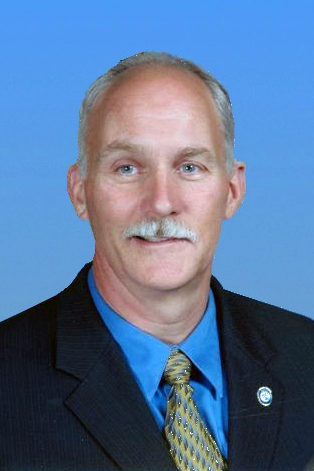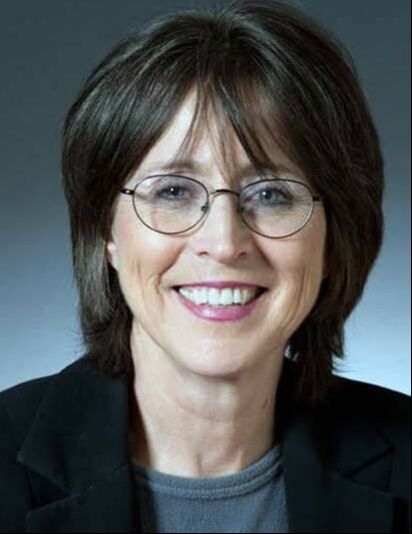Instructors:
|
Gary Graff, CBPA Retired from the Federal Bureau of Investigation (FBI) after 23 years of service, Gary Graff’s broad investigative experience included public corruption, fraud, sex crime, property crime, and violent crime and often involved coordination with state and local law enforcement agencies. Iris Dalley Graff Retiring in 2009, Iris Dalley Graff conducted laboratory analysis, crime scene investigation, and worked with various police agencies in processing and investigating hundreds of homicide investigations, during her career. |
ATTENDInterested in attending one of these courses? Check out our Upcoming Courses page for information on all scheduled courses.
|
HOSTYou can bring this course to your location! For more no-obligation information or to complete a hosting application, click below.
|


